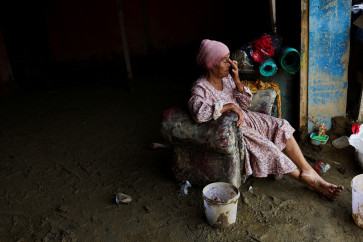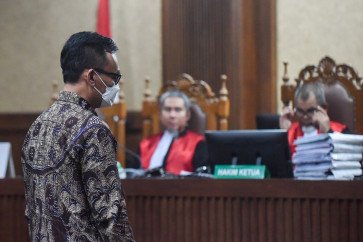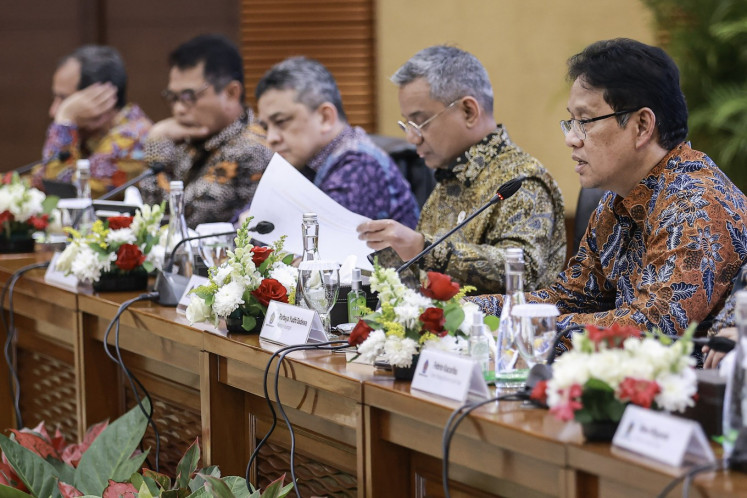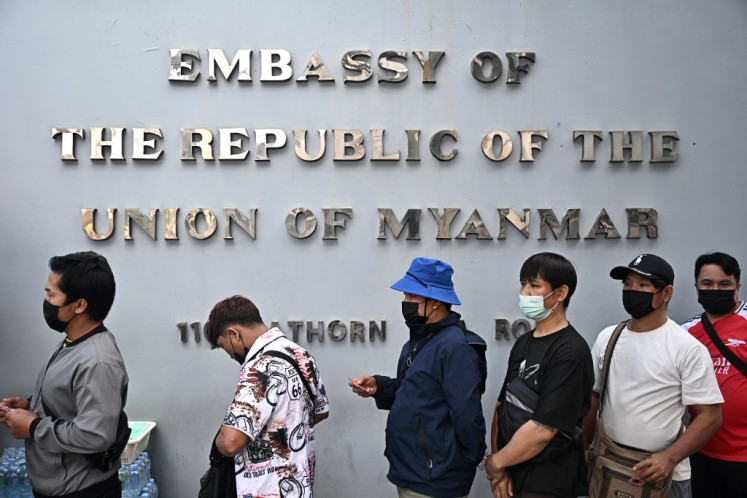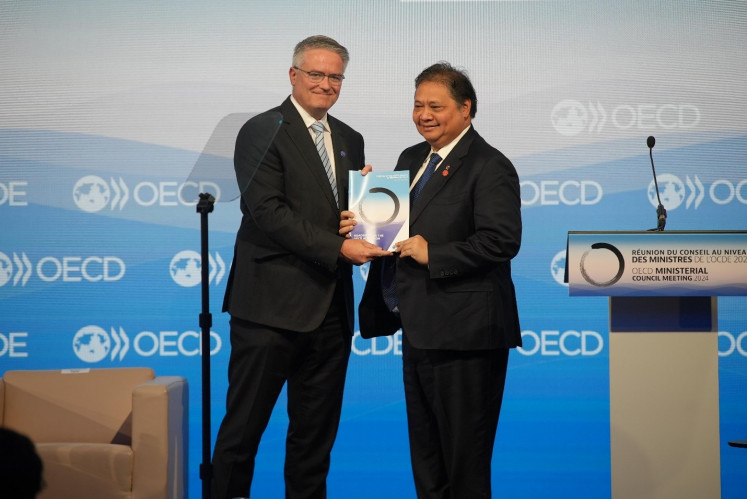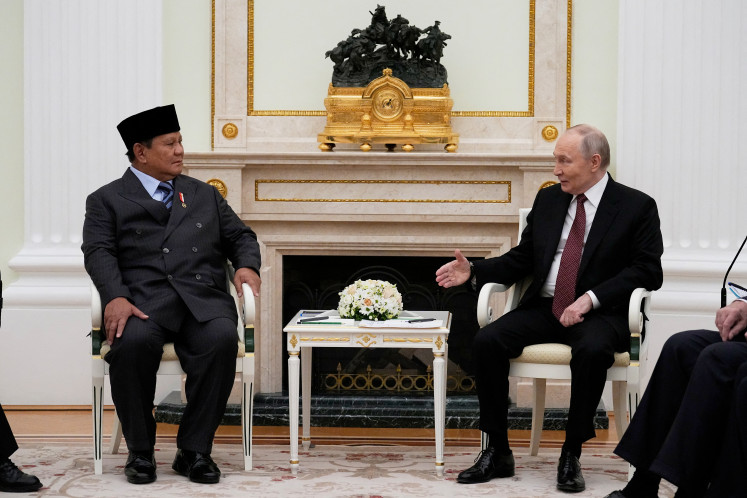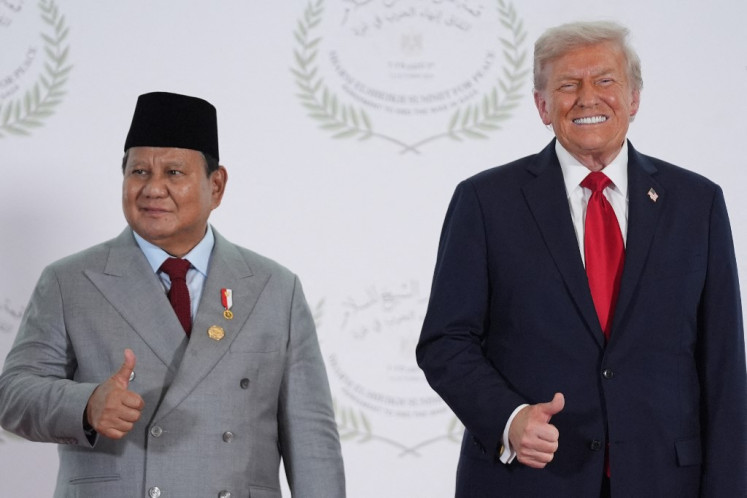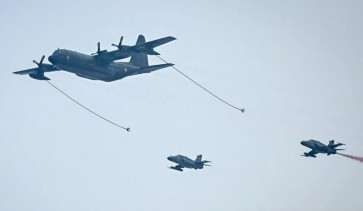Popular Reads
Top Results
Can't find what you're looking for?
View all search resultsPopular Reads
Top Results
Can't find what you're looking for?
View all search resultsIndonesia’s defense future lies in interoperability
The real challenge for modern armed forces lies in making these systems fully operational: equipping them with trained crews, effective maintenance, full armament and doctrinal integration.
Change text size
Gift Premium Articles
to Anyone
T
he Indonesian Military's (TNI) 80th anniversary celebration on Oct. 5 showcased most of its equipment and weapon systems to the public, featuring, among much else, a fleet review and a defile in Jakarta.
The anniversary, which reinforced the relationship between civil society and the TNI by parading equipment and operational capacities, was not just a mere celebration. It was a key strategic moment to demonstrate readiness, progress and deterrence capacities to both domestic and foreign audiences in a geopolitical environment more contested than ever.
Numerous platforms were on show, including the first of two recently acquired second-hand Italian multipurpose offshore patrol vessels (PPA), the KRI Brawijaya. Indonesia is also starting to operate its first Anka UAVs, has received components of its first KHAN ballistic missile, and is expecting key equipment in the upcoming months, such as its two Airbus A400M tactical airlifters and the first batch of Rafale fighter jets.
Meanwhile, the construction of its first Scorpene evolved submarine is starting and the first Merah Putih frigate could be officially launched soon, highlighting that the modernization of the TNI is effective and clearly on the way, as Indonesia moves toward more capable and modern platforms.
Such platforms will play an essential role in deterring potential aggressors while strengthening Indonesia’s capacities to defend its strategic interests.
Nevertheless, in a security environment where uncertainty predominates and high-intensity conflicts constitute a clear and present danger, as witnessed in Ukraine, and recently between India and Pakistan or Iran and Israel, possessing modern hardware is far from being enough. The real challenge for modern armed forces lies in making these systems fully operational: equipping them with trained crews, effective maintenance, full armament and doctrinal integration.
To support this, interoperability must be a top concern for decision-makers, as it acts as a capacity multiplier for any force commander. If new and legacy platforms cannot operate together, the coherence of the overall force, including its posture and its kinetic and non-kinetic effects on the battlefield, breaks down. This directly impacts a country's capacity to deter adversaries and defend sovereign interests.




